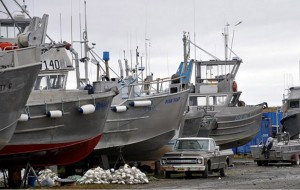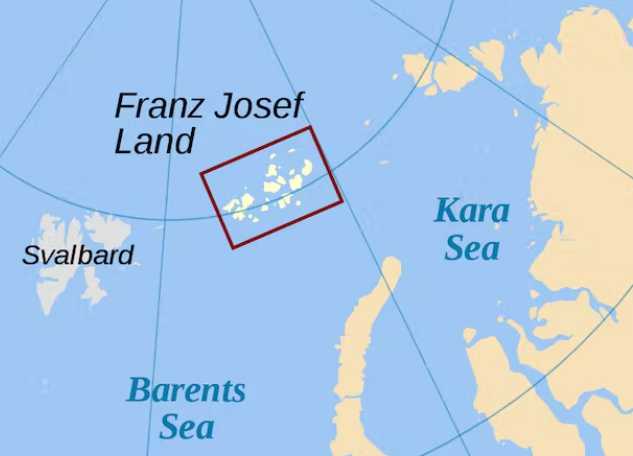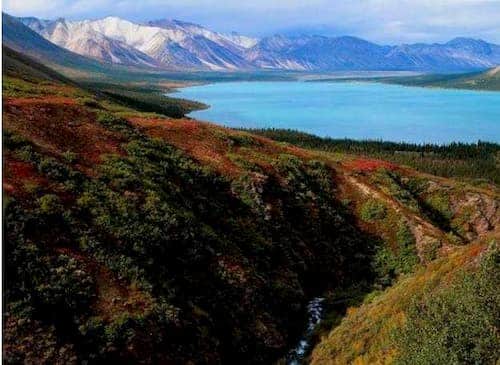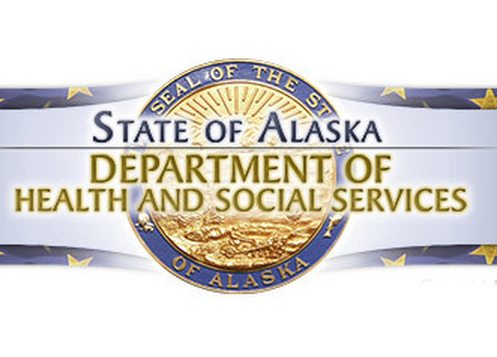
HOMER, AK — As Alaska struggles with a historic fiscal crisis – and as the mining industry seeks to position itself as an economic engine for Alaska – a new report concludes that increased hard rock mining cannot fill the gap left by waning petroleum revenues.
The report – entitled “The Role of Metal Mining in the Present & Future Alaska Economy” – also tallies the many environmental and socioeconomic costs associated with large-scale hard rock mining that rarely figure into government and industry decision making, but which nonetheless result in significant impacts to local communities, businesses and residents.
“Alaska is now in dire fiscal straits,” said Tom Power, Principal Economist at Power Associates and Economics Professor Emeritus at the University of Montana. “But it’s unrealistic to think metal mining can fill the void left by declining oil and gas revenues.”
Alaska’s mining tax structure has remained unchanged since before statehood and mining receipts pale in comparison to oil and gas. The report also notes how the number of jobs in the mining industry is considerably less than sustainable industries such as fishing and tourism.
With a new Administration at the federal level, the mining industry has embraced a new “green face” to try to position itself for the transition to a renewable energy future. But the overall costs of mining often outweigh the benefits.
“The social and environmental costs of metal mining to local communities is extraordinarily high,” said Power. “The financial returns to state and local economies do not begin to make up for these often hidden costs, especially if mining impacts sustainable industries where they operate.”
For example, Bristol Bay would likely suffer serious water quality and habitat impacts from the proposed Pebble mine. According to a recent analysis, however, economic value generated by sustainable activities such as commercial and sport fishing and tourism generated more than $2.2 billion in 2019 alone.
“This new report shows that mining corporations have oversized and detrimental impacts compared to the revenues they generate for Alaska,” said Bob Shavelson, Advocacy Director for Cook Inletkeeper, the not-for-profit organization which commissioned the report. “We already have gold production in Bristol Bay, in the Kuskokwim and elsewhere – in the form of viable and lucrative sport, commercial and subsistence fisheries. We cannot destroy these sustainable producers and pretend the mining industry is going to be the next goose that lays the golden egg for Alaskans.”
A webinar with the authors will be scheduled for later this month.
###[content id=”79272″]







